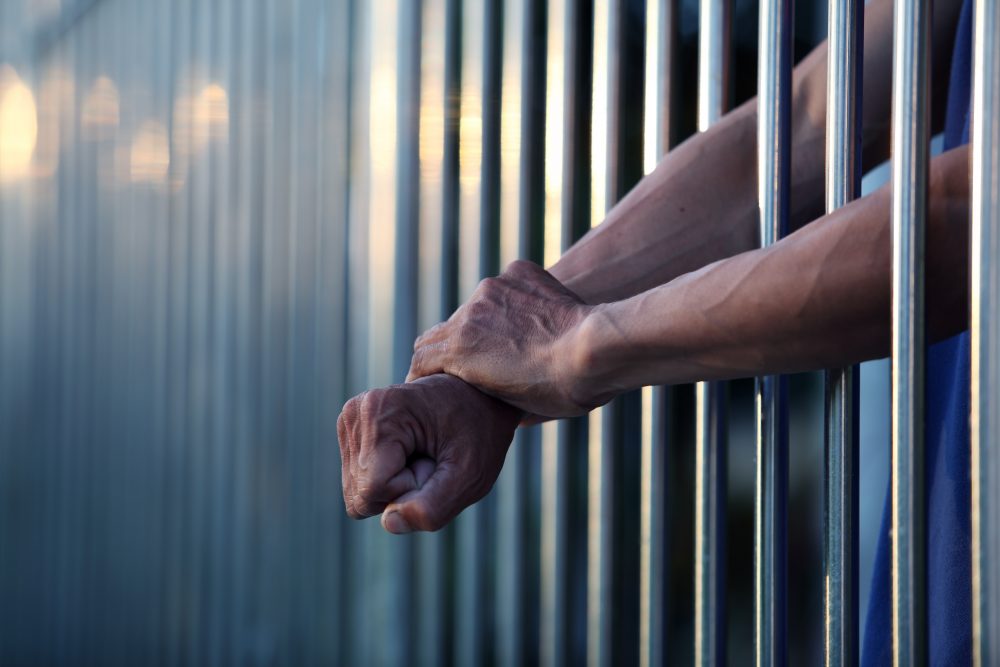
March 22, 2024
New $1 Billion Jail In Baltimore Will Be Most Expensive State-Funded Project In History
They may need to go back to the drawing board with this one....
The Maryland Department of Public Safety and Correctional Services is moving forward with plans for a new type of jail with a $1 billion price tag.
The Baltimore Therapeutic Treatment Center, described as a hybrid jail, will be used as a hospital and mental health and substance use treatment facility for incoming inmates. With an estimated completion date of 2029, the $1 billion project will be completed over five years, and operating costs are expected to exceed $100 million per year — $443 million more than initial estimates.
Thanks to supply chain issues and inflation, the plan holds the title of “the most expensive state-run project in Maryland history.”
But the plan already has some issues. After a 2016 settlement of a lawsuit from civil rights groups challenging the quality of health care in Baltimore jails, the ongoing lawsuit says the state has yet to fully comply with any of the nine provisions of that agreement. Now those same groups are questioning if the new establishment will face those challenges they claim have the state backtracking off the terms of the settlement.
However, they are not blaming the state’s shortcomings in medical and mental health care on the physical limitations presented in the building. More so, they are wondering about the complexities behind running a health care system, specifically when the number of beds is being scaled down – from 1,462 to 854. Director of the ACLU’s National Prison Project and a plaintiff in the health care lawsuit, David Fathi, called the Baltimore jail system a “train wreck of dysfunction.”
“Building a new building is not going to fix all of the problems by any means,” he said.
Downsizing is already being deemed a red flag. Baltimore’s jail system has housed the capacity of 959 beds for several months. With the population maneuvering between 800 and 900 people, according to census numbers, a recent estimate pointed to 884 people – which is 92% full.
In a 2022 report, Fathi’s National Prison Project described the jail as men sleeping on plastic “boats” in the gymnasium. After touring the facility, his team revealed a lack of dedicated workspaces for certain nursing units and inadequate space for mental health treatmen; which raises the concern of who will actually run this new jail.
As the state corrections department faces the issue of a staffing shortage, their private medical provider is also being listed in a bankruptcy case, threatening the company’s reputation. It also drew attention to the number of in-custody deaths within 10 Maryland detention centers.
A study, according to The Washington Post, found 180 deaths occurred within the first ten days of incarceration. While some of those deaths were ruled to be from natural causes, it also showed they died close to 30 years younger than the state life expectancy. That revelation raised questions about whether some died because of medical or mental health issues being overlooked or ignored, or from suffered injuries.
But the main issue parties involved are focusing on is cost. As lawmakers refer to the governor’s priorities, Sen. Craig Zucker (D-MD), who serves as chair of the General Assembly committee, says they have taken notes on the project’s rising cost. “We’re keeping an eye on it,” Zucker said.
The subcommittee plans to submit a revised version of Moore’s statewide construction budget to the full Senate for consideration by the end of March 2024. The House of Delegates is also scheduled to weigh in.